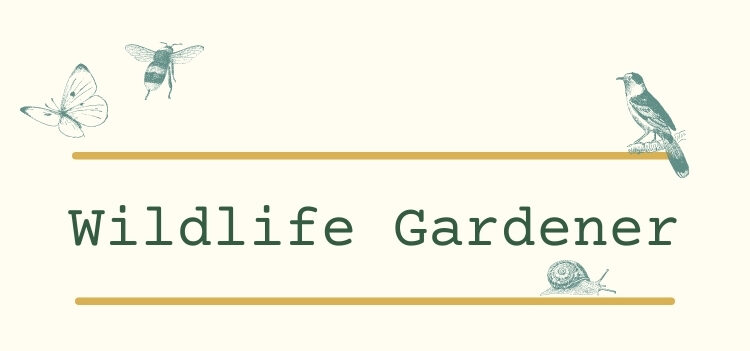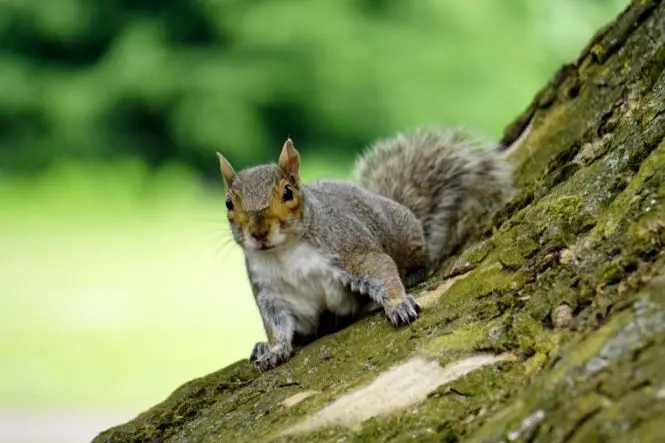Whilst some folk are attracted to a particular species of wildlife to others that same species might be considered a pest and the grey squirrel probably suffers more than most in this widespread difference of opinion. When it comes to wildlife gardening however, their biggest ‘crime’ is usually related to the amount of food they’ll eat which will depend on what’s available and the time of season and, sometimes, the damage they can inflict. And, if you’re a bird lover and like to have plenty of things growing in your garden, you’ll be more disposed to think of squirrels as pests whereas others might want to attract these furry creatures into their garden environment.
A Squirrel’s Home
Squirrels are highly adaptable which is why you’re equally likely to find them living in urban areas as in remote woodland. As long as there are trees which provide them with shelter and food opportunities such as nuts, berries, fungi and bulbs, a squirrel will feel right at home. Therefore, if your garden has trees of the oak, hazel, ash, maple or sycamore variety, it will obviously be an attraction to squirrels who either construct a nest, called a drey, hidden in higher branches or will look for an opening in a hollow tree to create a den. On the downside, however, they will not refuse an opportunity to take up residence in your loft if your roof is in need of repair – hence an obvious example of when they might be considered a ‘pest’.
Eating Habits
The seeds and nuts from trees form a squirrel’s most important food source but they will look to other sources when food is scarce. These might include rose hips, flowers, catkins, shoots and bark which is not going to please some gardeners. Furthermore, they will take eggs and even young birds from nests, in addition to eating the entire supply of bird food from bird tables which might not endear them to bird lovers either. However, other opinion might suggest that this is part of the natural ecology of a particular environment and others might go further in the squirrel’s favour stating that winter can be a particularly dull period of the year for garden activity and the squirrel’s activities keeps the wildlife observation theme alive as they don’t hibernate so you can still see them out foraging for food. In fact, contrary to many other species, autumn and winter often sees squirrels enjoying an abundance of food whereas they can sometimes struggle during the summer months.
Squirrels and ‘Bad Press’
There is no doubt that in certain areas, squirrels can be quite rightly seen as pests. They love the sap from trees and will peel off the bark to get to it which results in damage to the tress which can sometimes be quite extensive. The removal of the bark can cause the branches to die and can also cause the tree to fall victim to both insect and fungal attack. However, many of the so-called ‘problems’ caused by squirrels are more to do with our failings as humans as opposed to anything else. Problems with squirrels entering your loft and chewing through joists or wires could not happen unless your roof was in need of repair and you can also buy or make squirrel-proof bird feeders so that the squirrels are not depriving the birds of food. Remember, a squirrel will usually only take up residence in your garden because humans have probably contributed to the destruction of their own habitat in the first place. The most important thing about keeping a wildlife garden, therefore, is to try to feed every creature that passes through equally and to treat them all with respect. By knowing there’s enough food to go around, you may end up being quite surprised at how well all the individual species, including squirrels, will be quite tolerant of one another.

